24 Guatemala Facts: People, Culture, Geography, History
Is Guatemala on your list of places to visit? Perhaps it should be. With a fascinating history and breathtaking nature, Guatemala has a lot to offer. Please read on for 24 facts that make Guatemala such a special place.
These Guatemala facts are a great way to get an introduction to this beautiful Central American country. It is located between Mexico and Belize (to the north and east) and El Salvador and Honduras (to the south and south-east).
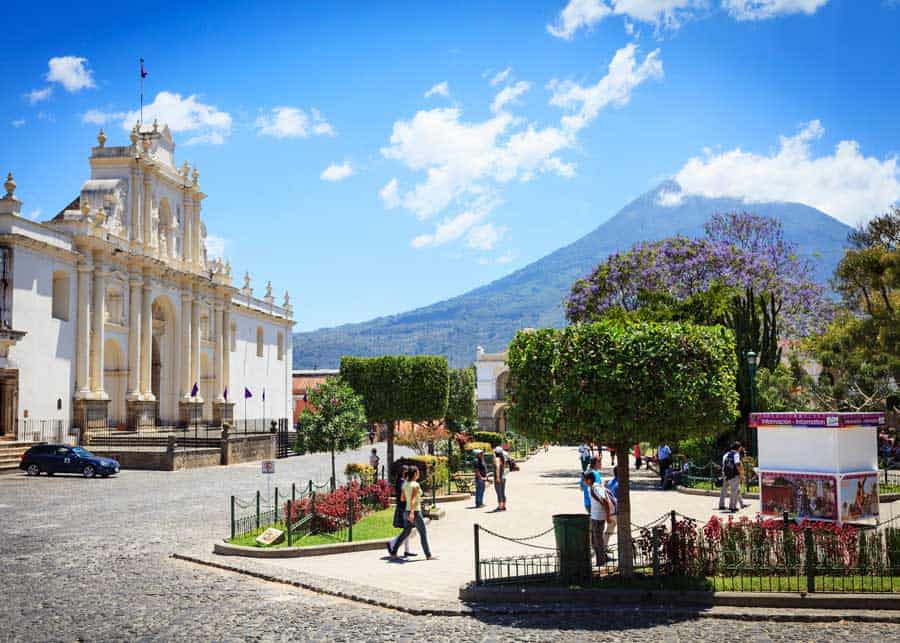
24 Facts about Guatemala
Here’s my collection of 24 things to know about the diverse country of Guatemala.
1. Guatemala means “place of many trees”
Pedro de Alvarado invaded Guatemala in 1523. He was accompanied by Tlaxcaltecan warriors from what is now Mexico.
The site of their first capital was called “Quauhtemallan” by the Mexican warriors (who spoke the Nahuatl language). To the Spanish ear, it sounded like “Guatemala.”
Quauhteallan means “land of trees” or “forested land.”
2. Guatemala is the most populous country in Central America
Guatemala is home to approximately 17.7 million people. Its capital city, Nueva Guatemala de la Asunción (Guatemala City), is the largest city in Central America.
3. Guatemala is the largest country in Central America
With a total of 42,042 square miles (108,889 square kilometers), Guatemala is slightly smaller than the state of Pennsylvania, but the largest country in Central America.
Learn more about other Spanish-speaking countries.
4. The Mayan Empire was centered in the lowlands of Guatemala
The Maya reached the height of their power sometime in the sixth century. At this time, their territory extended from Mexico to Guatemala, Belize, Honduras, and El Salvador. However, most of their great stone cities were abandoned by the year 900.
A great place to see a concentration of Mayan Ruins is in the Petén lowlands. These ruins are in the jungles of Northern Guatemala. In 2018, 60,000 previously uncharted structures were found within an 811 square mile area (2,100 square kilometers) using LiDAR technology.
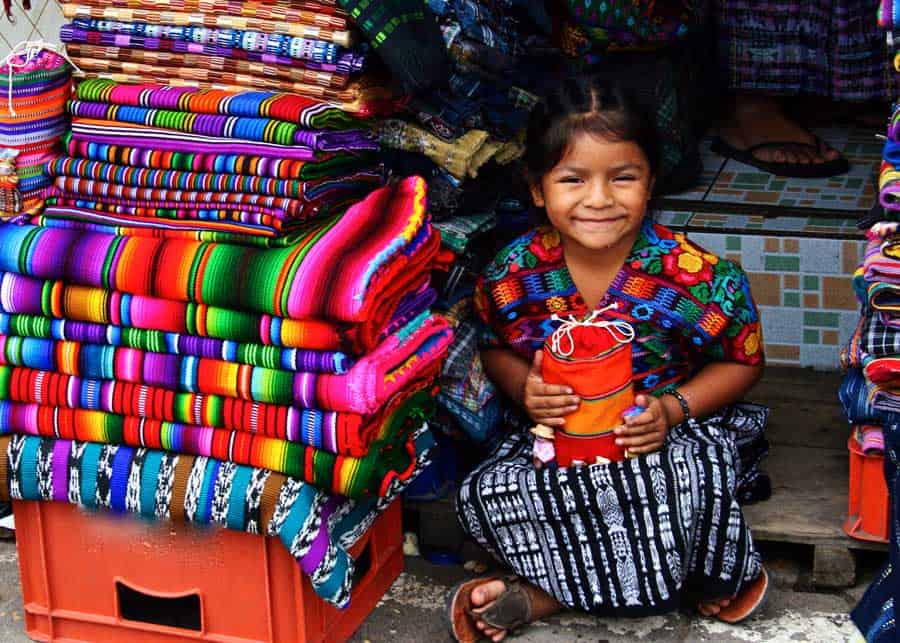
5. There are still many descendants of the Maya in Guatemala
According to a 2018 census, 41.66% of Guatemalans are Mayan.
56.01% are Ladino, meaning that they have a mix of European and Indigenous ancestry.
6. The capital city changed its location many times
- July 25, 1524: The Spanish conquerors founded their first capital city in what is now Tecpan
- November 22, 1527: The Kaqchikel people attacked, and so the capital was moved to Ciudad Vieja.
- September 11, 1541: The capital is moved to Antigua (now a UNESCO World Heritage Site) after a lagoon in the crater of the Agua Volcano collapsed and flooded the city.
- January 2, 1776: After several earthquakes, the capital was relocated to its current location in the Ermita Valley.
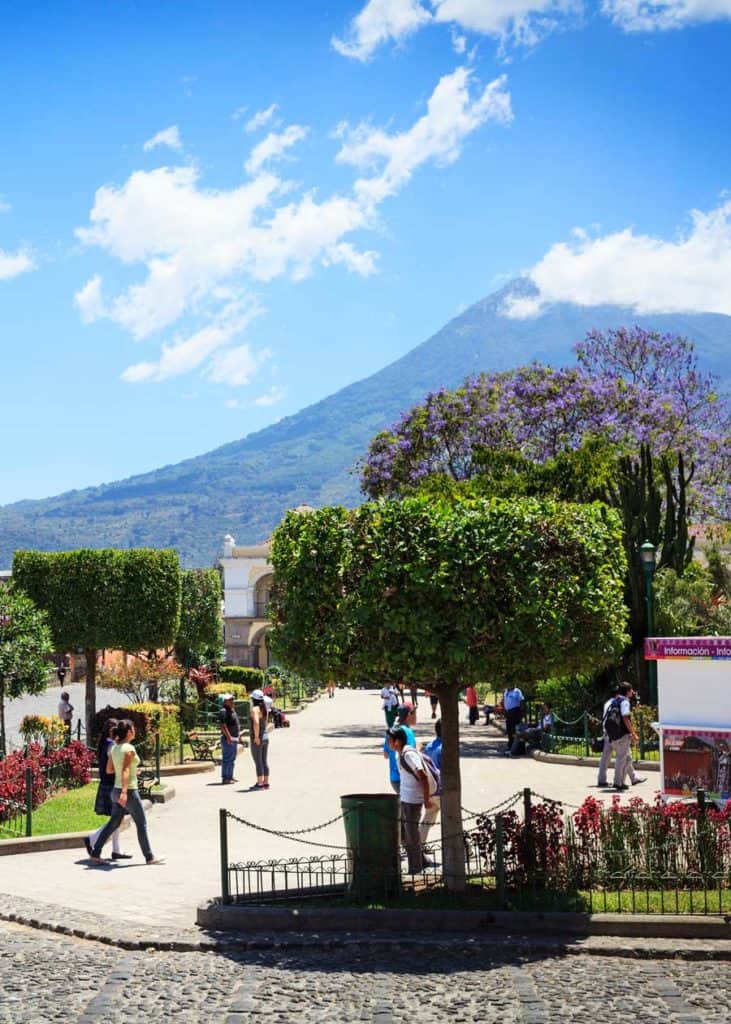
7. The longest civil war in Latin American history was in Guatemala
The civil war in Guatemala was fought between November 13, 1960, and December 29, 1996.
It is estimated that this war claimed 200,000 casualties, including genocide committed against the Maya population. More than 1,000,000 were forced to leave their home.
8. Guatemala is bordered by four countries and two oceans
Surrounding Guatemala are the countries of Mexico, Belize, Honduras, and El Salvador. On the east coast, you will find the Caribbean Sea, which is part of the Atlantic Ocean. The west coast is on the Pacific Ocean.
9. Guatemala is divided into 3 Geographic Regions
There are 2 mountain chains that run across Guatemala from West to East.
- The mountainous area is known as the highlands.
- To the South, you will find the Pacific Coast region.
- And to the North is the Petén region.
10. Guatemala has 14 eco-regions
Guatemala is home to all sorts of biodiversity. It contains 14 eco-regions including mangroves, littorals, scrublands, dry forests, cloud forests, and subtropical and tropical rainforests.
Over one-third of Guatemala is covered by forests.
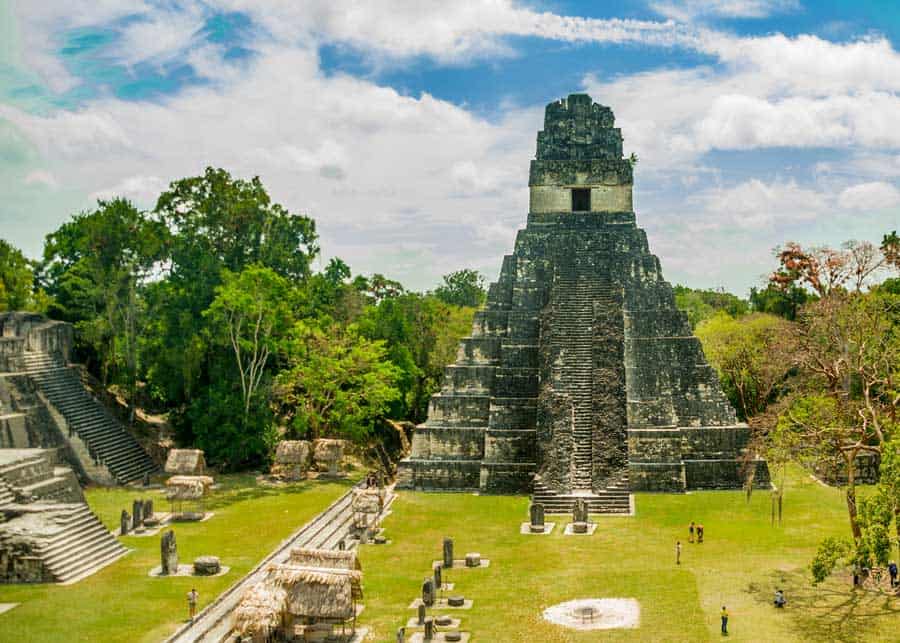
11. Guatemala is home to three UNESCO World Heritage sites
- Tikal National Park: The first mixed UNESCO World Heritage Site, due to both its natural and cultural significance. Tikal is the location of Mayan ruins, deep in the heart of the Guatemalan jungle. Here you will find temples, palaces, public squares, and remains of houses.
- Antigua: Founded early in the 16th century, this city was once the capital of Guatemala. Although affected by a number of significant earthquakes over the years, the city was designed in the Italian Renaissance style and still contains many historic monuments.
- Archaeological Park and Ruins of Quirigua: A site of great importance to the Mayan civilization. Here you can see seventeen monuments that were carved between the years 426 and 810. In its center is the Great Plaza, the largest known public space in the entire Mayan territory.
12. There is an ongoing territorial dispute between Guatemala and Belize
In the 1600s and 1700s, a number of treaties were signed between Britain and Spain saying that Belize fell under Spanish sovereignty, but could be used by the English. After the fall of the Spanish Empire, Guatemala assumed the claim of Belize.
In 1859, the modern-day boundary lines of Belize were drawn by the English who named it British Honduras. Belize officially became independent in 1981, but Guatemala did not acknowledge this until September 1991.
As of 2022, both Guatemala and Belize are trying to settle the dispute at the International Court of Justice, in The Hague, Netherlands.
Guatemala is one of the safest countries in Central America.
13. Instead of States or Provinces, Guatemala has Departments
Guatemala is divided into 22 departments, which are further divided into 335 municipalities.
Here are 9 Spanish phrases to know when you arrive at the airport.
14. Guatemala is the world’s largest exporter of cardamom
According to the Cardamom Association, Guatemala is the largest exporter of cardamom in the world. In fact, it is known as the “Green Gold of Guatemala.”
Guatemala also exports coffee, sugar cane, and palm oil, along with other fruits, vegetables, flowers, and handicrafts.
15. Tourism is very important to the Guatemalan economy
Known for its historical sites, natural beauty, and archaeological wonders, Guatemala receives around two million tourists a year. Many of these arrive on cruise ships.
16. The Guatemalan population has grown significantly
In 1900 the population of Guatemala was 885,000. Now (as of 2022), the population is 17,703,190. This means that Guatemala has had the fastest population growth out of any country in the Western Hemisphere during the last 100 years.
17. Guatemala has the youngest population in Latin America
According to the CIA, the median age in Guatemala is 23.2 years old. Nearly half of its population is under the age of 19. By contrast, the median age in the United States is 38.5 years.
18. You can find cool art here
Guatemala City is home to both the Museo Nacional de Arte Moderno (National Museam of Modern Art) and the Escuela Nacional de Artes Plásticas “Rafael Rodríguez Padilla” (Guatemala’s leading art school). There they teach painting, sculpture, and graphic art.
In addition to modern art, there are also many indigenous artists who reflect the styles of their ancestors from centuries before.
19. Guatemala is part of the ring of fire
The Ring of Fire is a horseshoe-shaped belt around the Pacific Ocean known for its volcanic activity. Guatemala is part of this area.
Guatemala is home to at least 37 volcanoes, 3 of which have erupted since 2021. These 3 are the appropriately named Fuego (Fire) Volcano, Pacaya Volcano, and Santa Maria Volcano.
20. Guatemala is home to the highest point in Central America
Volcán Tajumulco stands tall at 13,850 feet (4,220 meters), making it the highest peak in all of Central America. This volcano had its last small eruption in 1863 and has been quiet ever since.
If you are adventurous enough to climb to the top, you will be rewarded with awesome views of Guatemala, Mexico, and the Pacific Ocean.
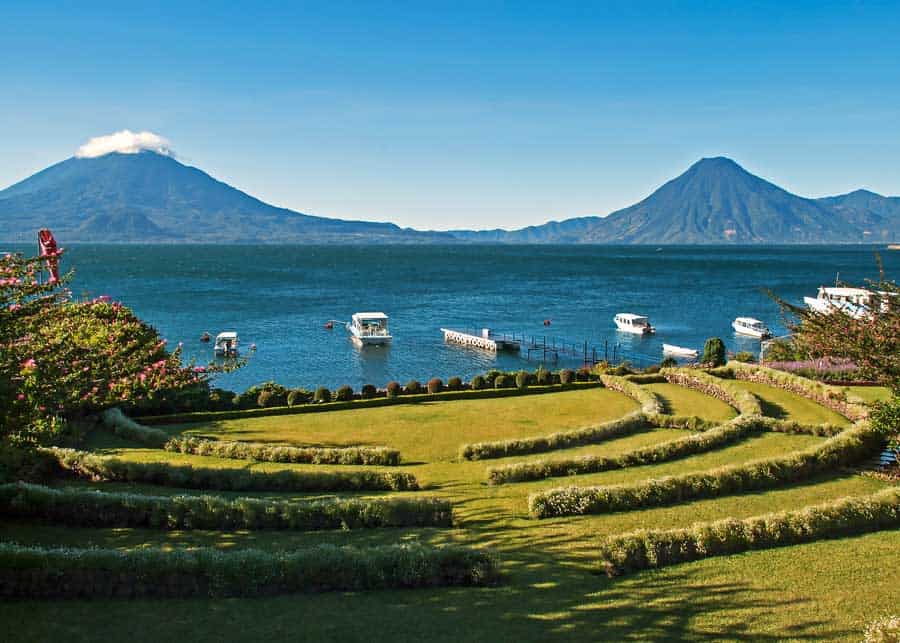
21. The deepest lake in Central America is in Guatemala
Found in the Guatemala Highlands in the Sierra Madre mountain range is Lake Atitlán.
At its deepest, it is 1,120 feet (340 meters) deep. Surrounded by volcanoes, it has been called one of the most beautiful lakes in the world.
Guatemala is home to the beautiful scarlet macaw and venomous Bothrops asper.
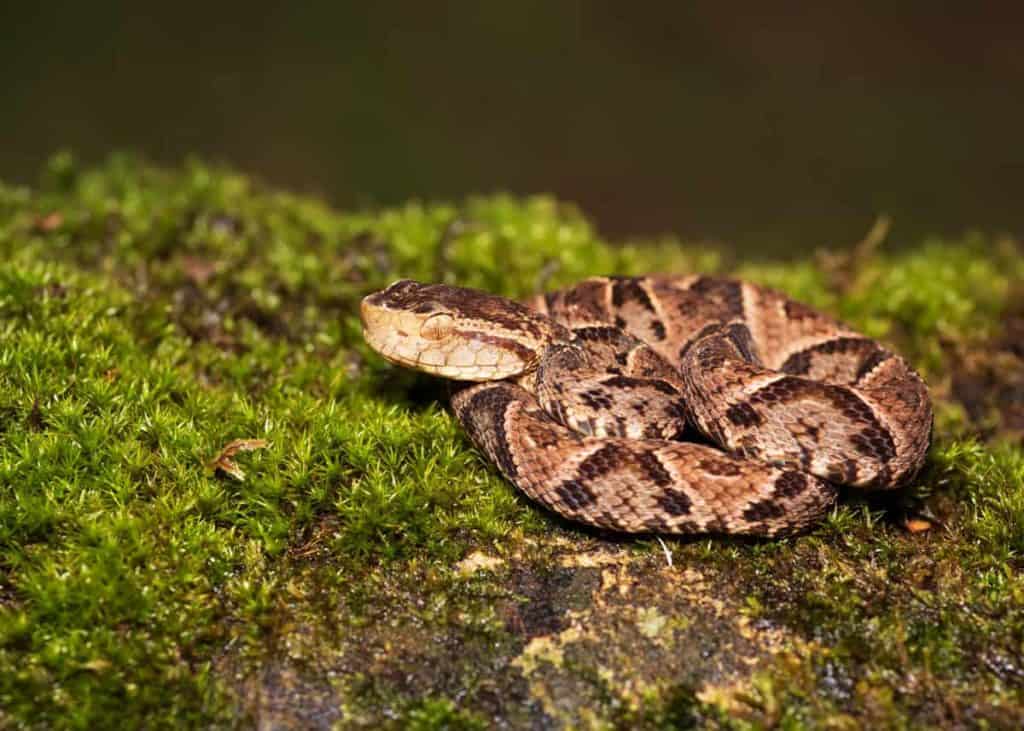
22. Guatemala has a rainy season and a dry season
Guatemala has two main seasons. The rainy season (invierno or winter) usually lasts from May until November. The dry season (verano or summer) begins in November and lasts until May.
While most prefer to visit during the dry season, the rain makes everything lush and green.
23. Some Guatemalans venerate a saint who smokes cigars and drinks liquor
Maximón, also known as San Simón, is described as “an idol formed by the fusion of traditional Mayan deities, Catholic saints, and conquistador legends.”
He is usually depicted as a wood effigy, sitting in a chair. In the town of San Andres Itzapa, there is even a large temple dedicated to his worship. He is characterized as a trickster with both good and evil traits.
24. Jade was an important part of the Mayan religion
Jade is a semiprecious stone that has been used for centuries to decorate tools, ornaments, and mosaics. The Maya believed that jade had a spiritual significance. Kings were buried in masks made of jade with the thought that it would accelerate their travel to the afterlife. It was also used as a symbol of status and wealth.
In 1998 hurricane Mitch hit Guatemala. Along with the devastation it caused, the flooding and landslides uncovered a large vein of jade. Some deposits were described as “bus-sized” boulders.
Today you can go to many local markets to buy beautifully crafted jade jewelry.
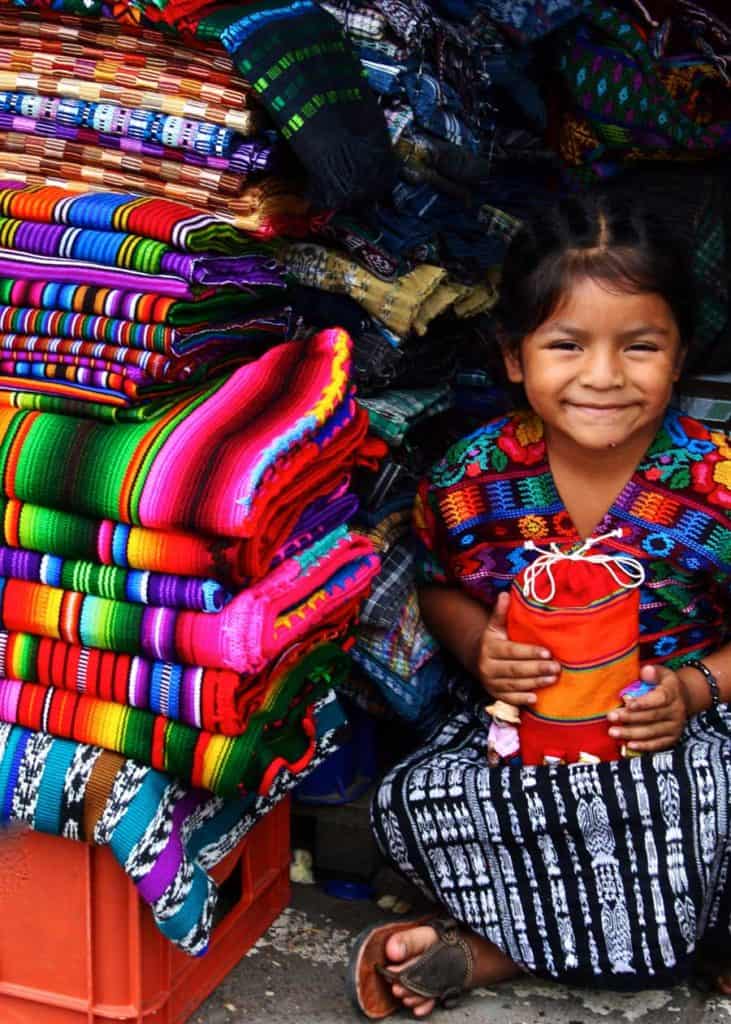
Feeling hungry? Here’s how to order food in Spanish.
Your Turn
Have you been to Guatemala? What cool facts would you add to my list? Please add your thoughts to the comments below.

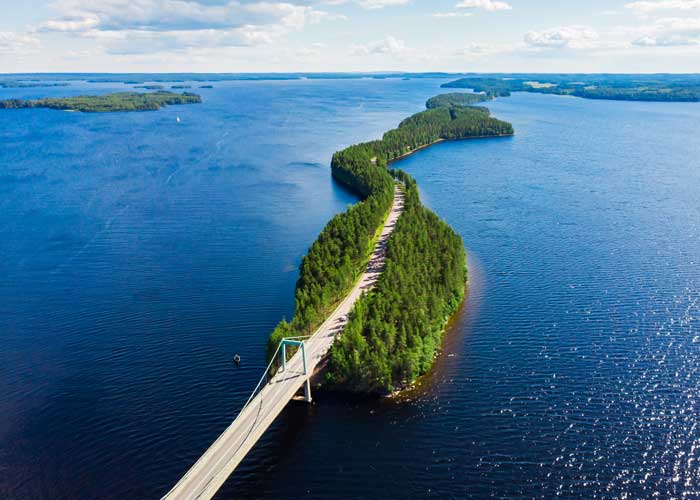

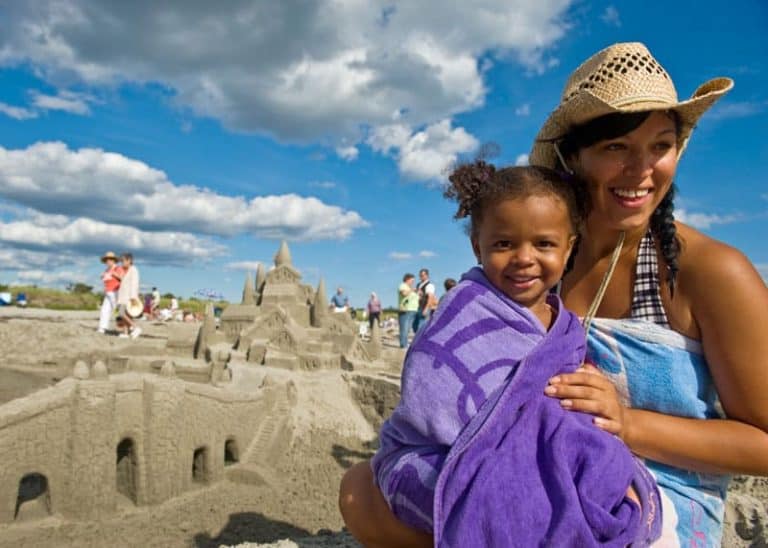

![15 Incredible Things to do in Uganda [Culture, Nature, Culinary, Adventure…]](https://storyteller.travel/wp-content/uploads/2018/10/things-to-do-in-uganda-768x548.jpg)
![Uganda’s 10 National Parks & 4 Wildlife Game Reserves [Travelers Guide]](https://storyteller.travel/wp-content/uploads/2018/10/uganda-national-parks-768x548.jpg)